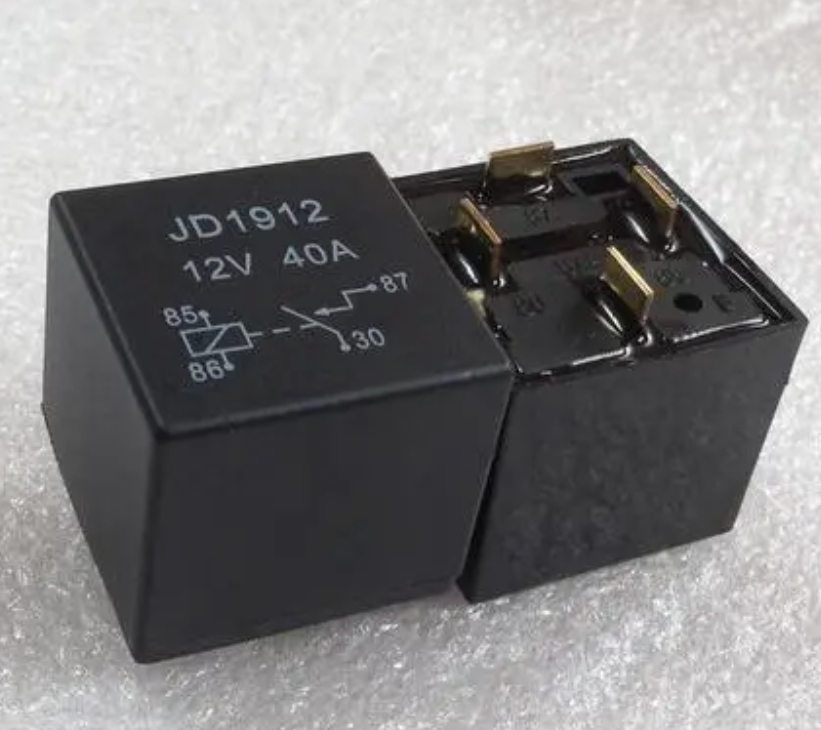In the application of relays, the reliability and life of the contacts are key indicators to evaluate their performance. The state of the contacts - whether open or closed, directly affects the integrity of the circuit and the safe operation of the equipment. For this reason, circuit designers and maintenance engineers must have a deep understanding of how contacts work and their role in the circuit to ensure the efficiency and long-term stability of the circuit design. The process that a contact goes through includes the conversion from open to closed and from closed to open. Its reliable execution in this series of actions is the guarantee for the normal operation of the circuit.
Furthermore, the contact resistance of the contacts directly affects the reliability of its operation. Ideally, contacts should have extremely low contact resistance, but due to limitations in material properties and processing technology, the contact resistance of contacts cannot be completely eliminated in actual use. When the contacts are closed, if the contact resistance is too high, the power loss when the current passes will increase, causing the contact temperature to increase. Especially under high current conditions, excessive temperature may cause the contact material to soften or deform, thereby increasing the contact resistance. In extreme cases, it may even cause contact welding, causing the contacts to fail to open and close normally.

In addition, membrane resistance is also an important factor affecting contact performance. As contacts are exposed to the outside environment for a long time, dust, moisture, chemical gases, etc. may form a thin film on the contact surface that blocks the flow of current, which is the so-called film resistance. This film significantly reduces the conductive performance of the contacts, which may cause intermittent circuit interruptions and seriously affect the stability and reliability of the system. In field applications, even if the contacts appear to be closed in appearance, the presence of membrane resistance may still hinder the normal operation of the circuit. This not only affects the normal operation of the circuit, but also makes it more difficult to find the fault point.
All in all, the role of relay contacts in the circuit system cannot be ignored, and its performance is directly related to the stable operation of the circuit and the safety of the equipment. Through an in-depth understanding and analysis of how contacts work, as well as effective maintenance strategies for contact resistance and film resistance issues, the reliability and efficiency of circuit systems can be significantly improved. For researchers and technicians of electronic components, mastering the relevant knowledge of relay contacts is the key to ensuring the smooth progress of circuit design and maintenance work.
